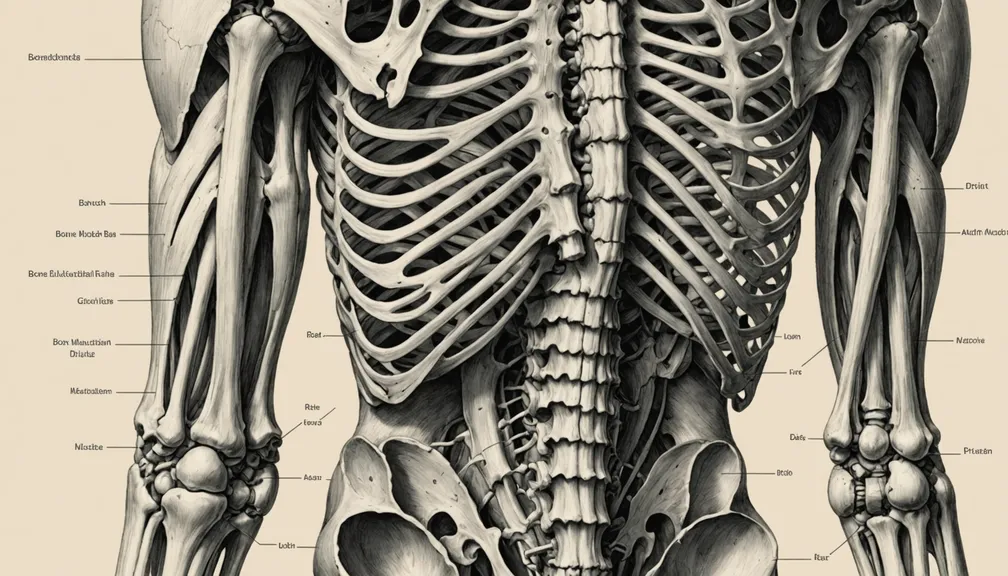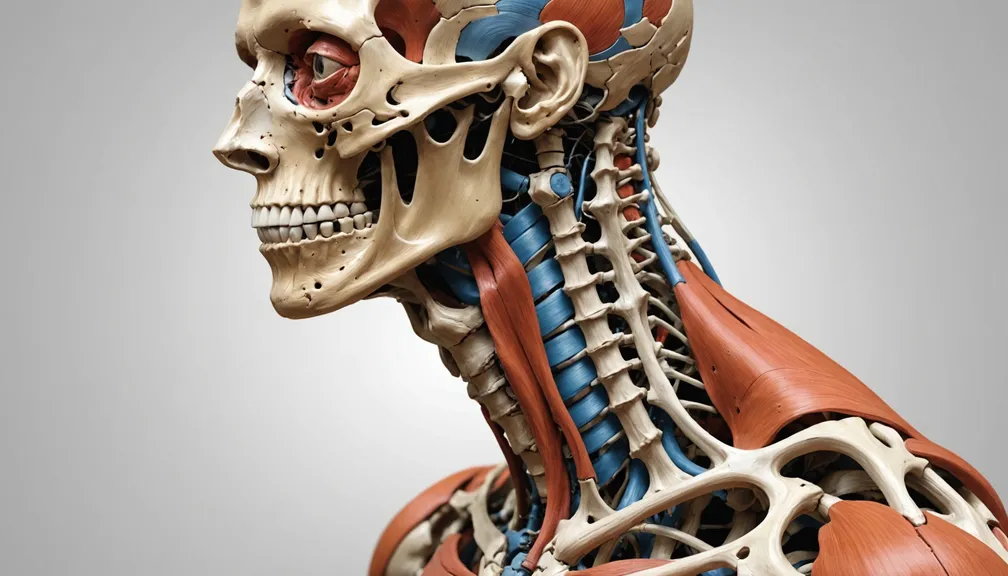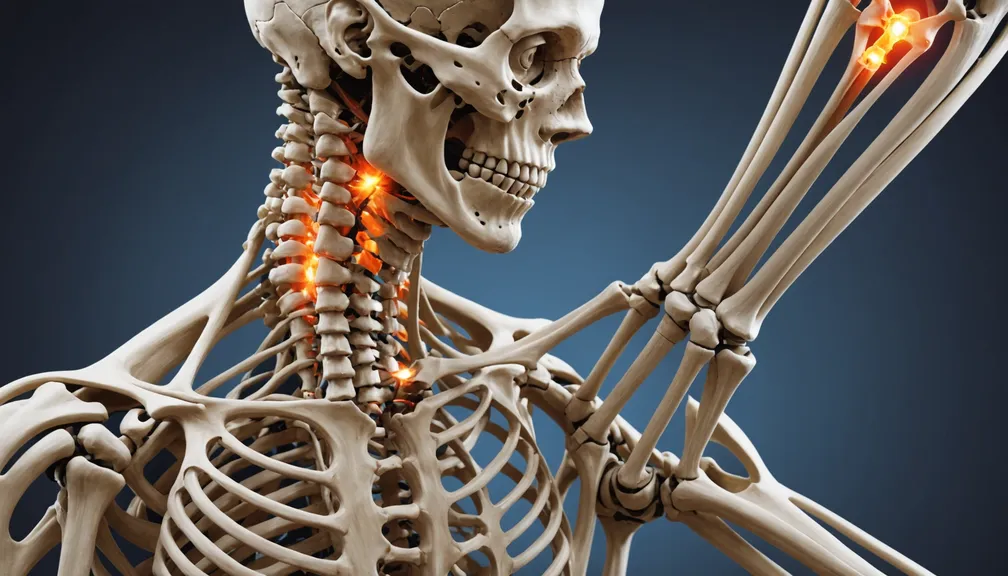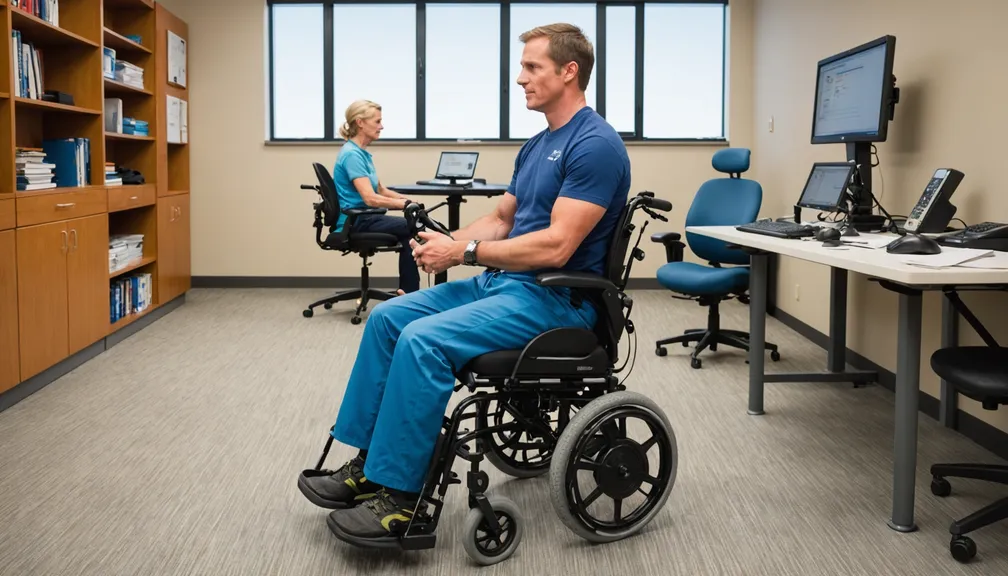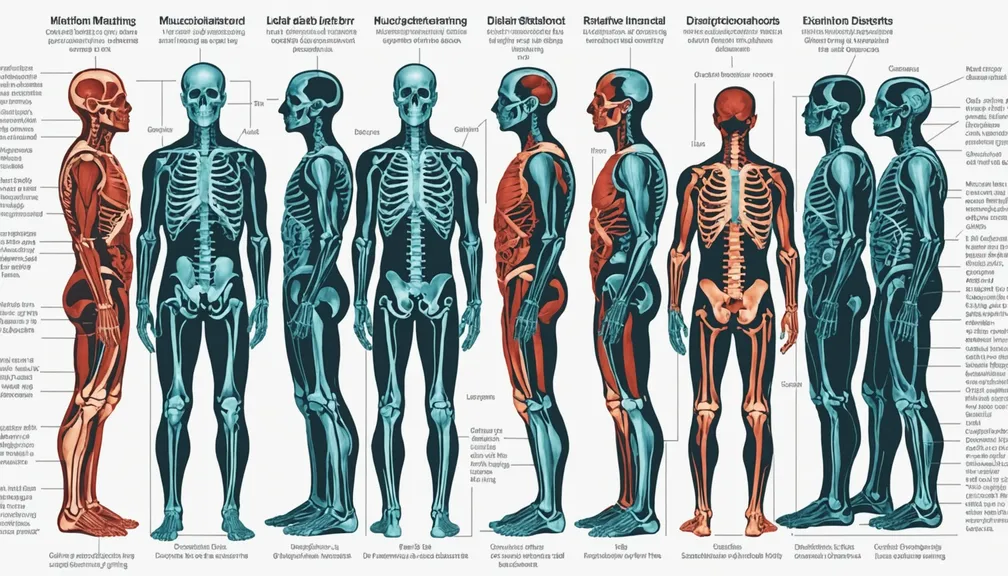The Musculoskeletal System: Structure and Function
Understanding the musculoskeletal system is essential for managing and living with rare musculoskeletal disorders. This lesson provides an overview of the system's structure, common disorders, their impact, and ways to manage them effectively.
1. The Musculoskeletal System: An Overview
The musculoskeletal system is a complex network that provides the body with structure, support, and the ability to move. It consists of bones, muscles, and connective tissues, each playing a crucial role in maintaining overall health and mobility.
Bones
- Structure and Function: Bones are rigid organs that form the skeleton, providing structure, protecting internal organs, and enabling movement.
- Types of Bones: Long bones (e.g., femur), short bones (e.g., carpals), flat bones (e.g., skull), and irregular bones (e.g., vertebrae).
Muscles
- Types of Muscles: Skeletal muscles (voluntary movement), smooth muscles (involuntary functions), and cardiac muscles (heart function).
- Function: Muscles contract to produce movement, maintain posture, and generate heat.
Connective Tissues
- Types: Includes ligaments, tendons, cartilage, and fascia.
- Function: Connective tissues support and bind other tissues, facilitate movement, and provide flexibility and strength.
2. Rare Musculoskeletal Disorders
Rare musculoskeletal disorders are conditions that affect bones, muscles, and connective tissues. They often lead to physical disabilities, chronic pain, and require comprehensive, multidisciplinary care.
Common Rare Disorders
- Osteogenesis Imperfecta: A genetic disorder characterized by fragile bones that break easily.
- Ehlers-Danlos Syndrome: A group of disorders affecting connective tissues, leading to hyperflexible joints and fragile skin.
- Fibrodysplasia Ossificans Progressiva: A condition where soft tissues progressively turn into bone, restricting movement.
- Duchenne Muscular Dystrophy: A genetic disorder causing muscle weakness and degeneration.
3. Causes and Risk Factors
Understanding the causes helps in managing and preventing complications associated with these disorders.
Genetic Factors
- Many rare musculoskeletal disorders are inherited, caused by mutations in specific genes.
Environmental Factors
- Although less common, certain environmental exposures during development can contribute to these conditions.
Other Risk Factors
- Family history of similar disorders increases the likelihood of occurrence.
4. Symptoms and Signs
Recognizing the symptoms early can lead to better management and improved quality of life.
Common Symptoms
- Bone Fragility: Frequent fractures with minimal trauma.
- Joint Hyperflexibility: Excessive range of motion in joints, leading to dislocations.
- Chronic Pain: Persistent pain in muscles, bones, or joints.
- Muscle Weakness: Progressive loss of muscle strength and function.
- Skin Fragility: Easily bruised or torn skin.
5. Diagnosis
Accurate diagnosis is crucial for effective management and treatment.
Medical History and Physical Examination
- Detailed family history and assessment of physical symptoms.
Genetic Testing
- Identifies specific genetic mutations responsible for the disorder.
Imaging Studies
- X-rays: Assess bone structure and detect fractures.
- MRI and CT Scans: Evaluate soft tissues and joints in detail.
Laboratory Tests
- Blood tests to identify specific markers or deficiencies.
6. Treatment Options
Managing rare musculoskeletal disorders often requires a combination of treatments tailored to individual needs.
Medical Treatments
- Medications: Pain relievers, anti-inflammatory drugs, and muscle relaxants.
- Bisphosphonates: Used in conditions like osteogenesis imperfecta to strengthen bones.
Physical Therapy
- Exercises: Improve muscle strength, flexibility, and joint stability.
- Occupational Therapy: Assist with daily activities and adaptive devices.
Surgical Interventions
- Orthopedic Surgery: Corrects bone deformities or stabilizes fractures.
- Spinal Surgery: Addresses spinal abnormalities in certain disorders.
Psychological Support
- Counseling and support groups to manage the emotional impact of chronic illness.
7. Living with a Rare Musculoskeletal Disorder
Adapting to daily life with a rare disorder involves strategies to enhance mobility, manage pain, and maintain independence.
Pain Management
- Techniques: Heat/cold therapy, relaxation exercises, and mindfulness.
- Medications: Prescribed by healthcare providers to control pain levels.
Daily Living Tips
- Adaptive Devices: Use of braces, wheelchairs, or specialized tools to assist with mobility and tasks.
- Home Modifications: Installing ramps, grab bars, and other modifications to improve accessibility.
Nutrition and Lifestyle
- Balanced Diet: Ensures proper nutrition to support bone and muscle health.
- Regular Exercise: Maintains muscle tone and joint flexibility without overexertion.
Support Systems
- Family and Friends: Emotional and practical support.
- Support Groups: Connecting with others facing similar challenges for shared experiences and advice.
8. Health Professionals Involved
Managing a rare musculoskeletal disorder typically requires a team of specialized healthcare providers.
Primary Care Physician
- Coordinates overall care and manages general health issues.
Orthopedic Specialist
- Focuses on bone and joint health, performs surgeries if necessary.
Genetic Counselor
- Provides information on genetic aspects and family planning.
Rheumatologist
- Treats autoimmune and inflammatory musculoskeletal conditions.
Physical and Occupational Therapists
- Develop personalized therapy plans to improve mobility and daily functioning.
Pain Management Specialist
- Develops strategies to control and reduce chronic pain.
Psychologist or Counselor
- Offers support for mental health challenges related to chronic illness.
9. Managing Treatment and Care
Effective management involves regular monitoring, adhering to treatment plans, and proactive communication with healthcare providers.
Regular Check-Ups
- Schedule consistent visits to monitor disease progression and treatment efficacy.
Medication Adherence
- Take prescribed medications as directed to manage symptoms and prevent complications.
Communication with Healthcare Team
- Report any new or worsening symptoms promptly to adjust care plans as needed.
Emergency Preparedness
- Have a plan in place for potential complications, including knowing when to seek immediate medical attention.
10. Building a Support Network
A strong support network can significantly improve the quality of life for individuals with rare musculoskeletal disorders.
Family and Friends
- Provide emotional support and assistance with daily activities.
Support Groups and Organizations
- Offer resources, information, and connections with others facing similar challenges.
Healthcare Providers
- Act as advocates and guides in navigating the complexities of managing a rare disorder.
Educational Resources
- Access to reliable information helps patients and their loved ones make informed decisions about care and treatment.
By understanding the structure and function of the musculoskeletal system, recognizing the symptoms of rare disorders, and knowing how to manage them, patients and their loved ones can take proactive steps towards improving health and maintaining a better quality of life.
